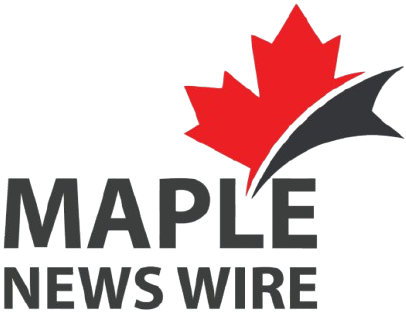Mark Carney’s minority government faces growing separatist calls in Alberta and pressure from Premier Danielle Smith’s government.
As Canada’s newly re-elected Prime Minister Mark Carney navigates the complexities of his minority government, one province seems particularly eager for change: Alberta. While Carney’s Liberal Party emerged as the largest party, falling short of a majority, the promise of energy reforms and economic shifts may not satisfy Alberta’s increasingly vocal calls for independence.
Alberta’s Growing Frustration
Carney, who assumed the Liberal Party leadership earlier this year after Justin Trudeau’s resignation, has promised energy reforms, including fast-tracking project approvals and pushing forward an energy corridor plan. These policies aim to address Alberta’s significant role in Canada’s oil and gas sector. However, many Albertans feel that these measures do not go far enough.
Though Carney’s promise to build Canada into an “energy superpower” resonates with the province’s energy industry, many Albertans were hoping for more decisive action—especially when compared to the more aggressive stance of Conservative Leader Pierre Poilievre. Carney’s approach, which includes addressing the oilsands industry’s carbon capture project, has not quelled the growing frustration among those who believe the Liberals are not sufficiently prioritizing Alberta’s energy needs.
The Liberal Minority and Carney’s Position
With only 159 seats and no majority, Carney’s government will need to work with smaller parties to pass legislation. Alberta’s representation in the Liberal cabinet will be minimal, but the government’s actions in the coming months will be crucial in maintaining the delicate balance with the province.
While the Liberals made some inroads in Alberta, the party’s 28% share of the vote is far from enough to challenge the Conservative dominance in the region, which saw a jump to 64%. In light of this, Premier Danielle Smith and Alberta’s separatist groups are ramping up their demands for change, making it clear that the province’s dissatisfaction could escalate.
Premier Smith’s Strategy
Smith has made it known that she will not accept the status quo, indicating that her government will not stand idly by as Alberta’s oil and gas sector faces challenges from Ottawa. While she has not yet detailed the next steps, Smith hinted at the possibility of a second “Fair Deal” panel, which could reignite conversations about Alberta’s future within the Canadian federation.
“For too long, Alberta has felt sidelined in national discussions,” Smith stated. “We cannot continue to watch our industries threatened and our resources landlocked. It’s time for Ottawa to listen to Alberta’s needs.”
A Rising Separatist Movement
In the wake of the election results, separatist voices in Alberta are gaining momentum. The Republican Party of Alberta, a newly rebranded separatist group, has vowed to push for Alberta’s independence, claiming that “this is just the beginning of a movement that will not rest until Alberta is free to control its own destiny.
With the pressure mounting, both Carney and Smith will need to navigate the growing calls for change. The Liberals’ failure to secure more than a handful of seats in Alberta has only added fuel to the fire, as many Albertans feel that Carney’s promises don’t go far enough to address the province’s specific challenges.
Looking Ahead: Alberta’s Future in Canada
The future of Alberta’s relationship with Ottawa is now more uncertain than ever. As separatist voices gain ground and Premier Smith calls for further action, Carney will be faced with the difficult task of balancing national interests with Alberta’s growing demands.
While Carney’s leadership has brought a sense of stability at the federal level, the next few months will be critical in determining how the Liberal Party can meet Alberta’s growing calls for change. With political pressure building in the province, the future of Canada’s unity hangs in the balance.
Stay tuned to Maple News Wire for ongoing updates as we continue to monitor Alberta’s political developments and its ongoing negotiations with Ottawa.




